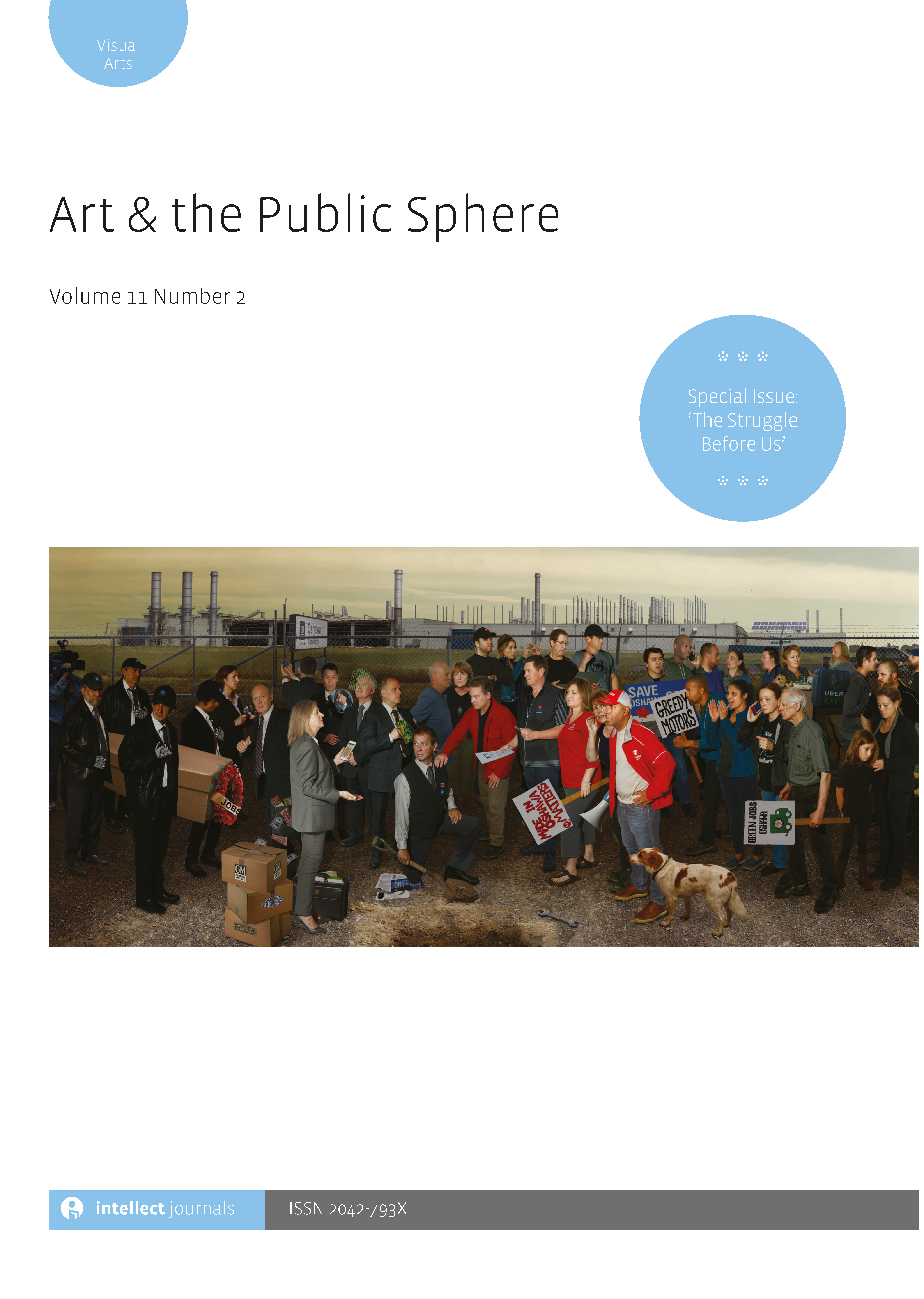
Full text loading...

In autumn 2020 the open-air construction fence exhibition Face It! of Vienna’s city museum (Wien Museum) was repeatedly damaged and marked with graffiti during demonstrations against measures taken by the government to fight the COVID-19 pandemic. Ultimately, the museum decided to re-curate the initial exhibition and exhibited the protesters’ graffiti markings instead. Approaching these events through situational analysis, I interrogate their political and politicizing dimension in reference to Chantal Mouffe’s idea of ‘agonistic pluralism’ and a radical democratic conceptualization of museum practice. By delineating their agonizing effect, I argue for a conflict-attuned notion of graffiti-based cultural practices in order to foster their democratic potential. In the end, I assess the museum’s decision to re-curate and ask if it contributes to a democratization of its practice and furthermore which role (re-politicized) museum education did and could play in this context.

Article metrics loading...

Full text loading...
References


Data & Media loading...

Publication Date:
https://doi.org/10.1386/aps_00070_1 Published content will be available immediately after check-out or when it is released in case of a pre-order. Please make sure to be logged in to see all available purchase options.